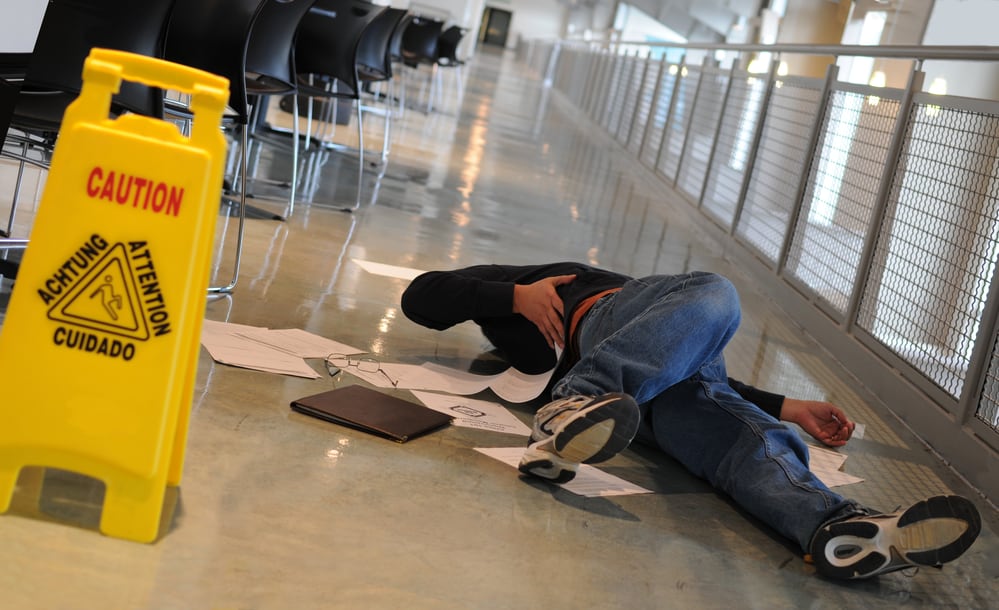Winter is approaching quickly. It is important to take care of yourself and others by keeping the workplace safe from injury or getting seriously hurt. We want to make you aware of how to deal with snow/ ice and becoming aware of the winter workplace safety tips. Below are some winter workplace safety tips to keep you safe and others.
Five simple tips to avoid and minimize the number of slips, trips, and falls:
- Frostbite and hypothermia are two big consequences of cold exposure that both have long-lastly effects. Be aware of the difference between the two listed below:
Hypothermia – shivering or shaking, lack of coordination, drowsiness or confusion, slurred speech.
Frostbite – skin that is very cold and turns numb, hard and pale, blisters or swelling, joint or muscle stiffness.
- Remove melted snow and water on floors and snow/ice on sidewalks. Mark hazardous areas with signs and cones to warn workers of the dangerous areas. By marking off these areas will notify people of danger and reduce accidents. If you are the one clearing off the covered areas, keep in mind the precautions to take before shoveling. Warm up your muscles before heading out and do some light movements such as some squats before heading out. Push the snow with your shovel instead of lifting; this will reduce the strain on your body. Keep hydrated and take breaks because it is important to take breaks to give your body a rest and not over do it.
- When walking, look where you are going and have your hands out of pockets just in case you happen to slip. The Bureau of Labor Statistics accounted for 800 workplace fatalities in 2015 at the time when workplace deaths in the U.S. reached a six-year high. Yes, slips and falls occur all year round but winter snow and ice create a more hazardous environment that increases the risk of worker injuries.
- Avoid carrying heavy loads that could cause you to lose your balance. Don’t be in a hurry, take your time and take it slow.
- When outside, wear appropriate footwear with heavy treads to increase traction as well as clothing. By wearing multiple layers for insulation will help to keep your core warm. If you get warm, you can always shed layers and still have some sort of warmth from the cold.
Lastly, if you know the weather is risky it is important that you plan ahead and leave early that way you make sure you are getting to work on time. If getting to work is too dangerous, communicate with the person in charge and explain the situation. You would rather be safe than sorry when traveling to work and making it on time.
